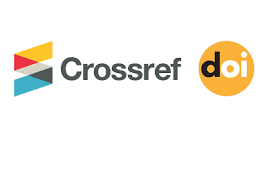Fungal contamination of Azadi Teaching Hospital and Hevi Paediatric Hospital Environments, Duhok, Iraq
DOI:
https://doi.org/10.25130/tjps.v22i6.788Abstract
This survey study was undertaken to find out the prevalence and distribution of fungi occupying the residential surfaces in Azadi Teaching Hospital and Hevi Paediatric Hospital in Duhok province, Iraq. Three hundred samples were collected from randomly selected areas in laboratories, wards, consultation rooms, operating theatres and hospital kitchen by swabs. These samples were cultured on two selective fungal media (PDA and SDA) and also samples from air were cultured on PDA in order to determine the genus or species of the agents in the samples. The results found microorganisms that were identified included forty eight isolates in addition to non identified yeasts and sterile mycelium also detected. From 300 samples collected from period January to May 2016, molds comprised 60% and yeasts comprised 40%. All fungal isolates were identified depending on the morphological and microscopic examinations as well as biochemical tests. The environmental contaminations in Azadi Teaching and Hevi Paediatric Hospitals with fungi (Aspergillus) were the highest fungal isolates whereas Candida sp. was the highest yeast isolate
Downloads
Published
How to Cite
Issue
Section
License
Copyright (c) 2023 Tikrit Journal of Pure Science

This work is licensed under a Creative Commons Attribution 4.0 International License.
Tikrit Journal of Pure Science is licensed under the Creative Commons Attribution 4.0 International License, which allows users to copy, create extracts, abstracts, and new works from the article, alter and revise the article, and make commercial use of the article (including reuse and/or resale of the article by commercial entities), provided the user gives appropriate credit (with a link to the formal publication through the relevant DOI), provides a link to the license, indicates if changes were made, and the licensor is not represented as endorsing the use made of the work. The authors hold the copyright for their published work on the Tikrit J. Pure Sci. website, while Tikrit J. Pure Sci. is responsible for appreciate citation of their work, which is released under CC-BY-4.0, enabling the unrestricted use, distribution, and reproduction of an article in any medium, provided that the original work is properly cited.













